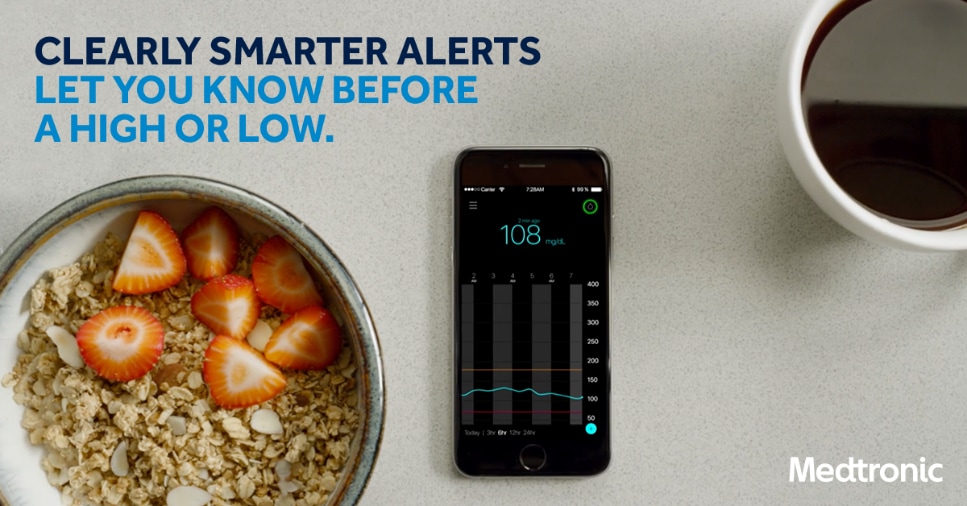How to personalize your pump and CGM alarm settings

There are many different alerts and alarms built-in to insulin pump and continuous glucose monitoring (CGM) systems today, which may be overwhelming if you turn them all on at once or set them to levels that aren’t right for you. Your MiniMed insulin pump and CGM allows you to personalize various features and alarms to customize your diabetes management.
One way to personalize your alerts is to set different levels for different times of the day, depending on your blood sugar trends throughout the day. For example, you can set up to 8 different high and low limits for a 24-hour period. You can also adjust your settings or turn alerts on/off over time to accommodate your diabetes management needs.
In addition to personalizing where you set your limits, you can also adjust how often you are alerted to certain alerts and alarms to avoid getting too many repeat alarms as your blood sugars adjust to treatment/corrections.
The High and Low Repeat settings notify you that your sensor glucose is still at or below your Low/High limits after a period of time has passed. This setting applies to Glucose Limit, Rate of Change, and Predictive Alerts, and can be set between five minutes to one hour for low alerts, and five minutes to three hours for high alerts. So if you set a Low Repeat at 20 minutes and you receive a Low Glucose Alert, you will receive another Low Glucose Alert in 20 minutes if your sensor glucose is still at or below your programmed low glucose limit. Personalizing this setting to a timeframe that you are comfortable with is key for avoiding too many alarms.
Here’s how it would play out with your pump. Let’s say you set your Low Glucose Limit for 70mg/dL and the Low Repeat is at 5 minutes. Your sensor glucose reads 62 mg/dL with an up arrow and the low alert goes off. It looks like your sensor readings will go back up, so do you want to hear alerts every five minutes until the sensor reads above the threshold limit? Probably not, but if you set the Low Repeat to 20 minutes, you could have avoided those unnecessary alerts because the alert would not have been triggered for another 20 minutes in case you were still below the limit.
For those individuals that use the Threshold Suspend feature, Low Repeat also applies to that alarm and can help you avoid unnecessary repeated alarms when you treat and restart the basal. Remember, the suspend threshold limit can be set between 60 and 90 mg/dL.
We recommend discussing your alerts with your doctor as small changes could be helpful for your pump and CGM experience. Learn more about the button pushing steps for these alerts here.


